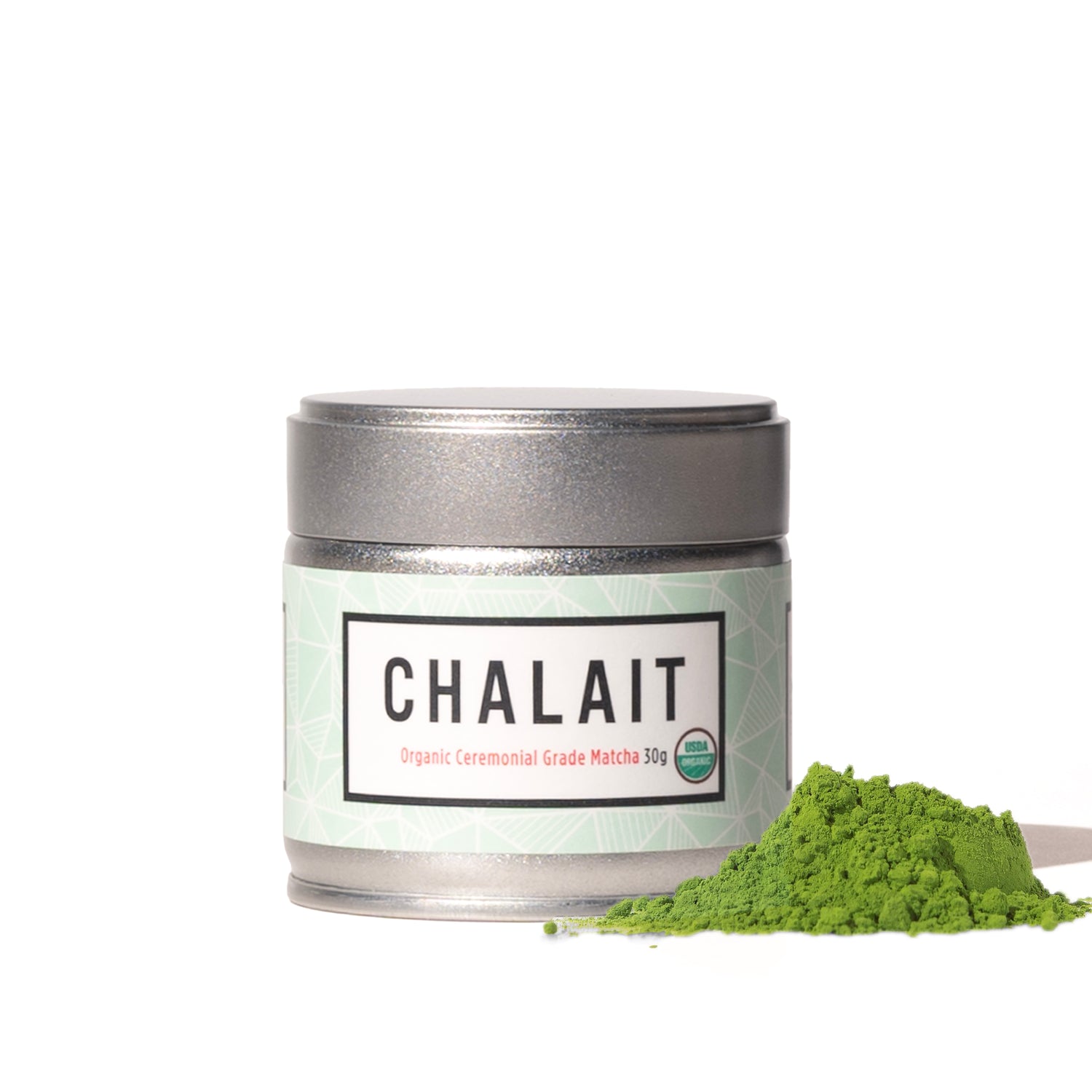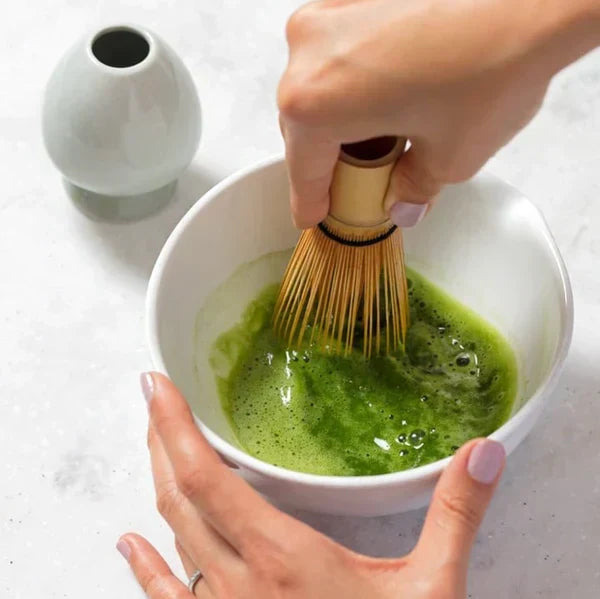Matcha isn’t just a superfood for your diet – it can work wonders for your skin too. This finely milled green tea powder is rich in antioxidants and anti-inflammatory compounds that nurture a healthy complexion. In fact, the catechin EGCG in matcha has been shown to have antibacterial properties and may help improve acne by reducing inflammation and oil production . The high chlorophyll content of matcha (which gives it that vibrant green hue) also helps soothe redness and can combat bacteria on the skin , making it a gentle, natural ingredient for skincare.
Why Matcha for Skin? Matcha’s beauty benefits stem from its potent antioxidants and vitamins. When applied topically as a face mask, those same antioxidants that fight free radicals in your body also help protect your skin from environmental damage. Green tea polyphenols have been found to exhibit significant antioxidant effects in protecting the skin . That means matcha can assist in defending against UV damage and pollution, which in turn may slow signs of aging like fine lines or sunspots. Plus, matcha contains vitamins (like vitamin C) that can brighten the skin, and tannins that may shrink pores and reduce excess oil.
Getting Started – What You’ll Need: Making a DIY matcha face mask is delightfully simple. All you need is high-quality culinary grade matcha powder (save the pricier ceremonial grade for sipping), a few kitchen ingredients, and a little mixing bowl. Because matcha is a dry powder, it mixes well with various bases – from water to yogurt or honey – to create a spreadable mask. A basic toolkit for matcha masks includes a teaspoon for measuring, a small whisk or spoon for blending, and of course a clean face to apply it on. Always start with freshly cleansed skin so that the mask can really penetrate and do its magic.
DIY Matcha Face Mask Recipes: Here are a couple of easy, nourishing matcha mask recipes you can try at home, using simple ingredients you might already have:
• Hydrating Matcha Honey Mask: In a small bowl, combine 1 teaspoon of matcha powder with 1 tablespoon of raw honey (a natural humectant and antibacterial agent). Mix into a smooth paste. Apply a thin layer over your face, avoiding the eye area. Leave it on for about 15 minutes, then rinse with warm water. This mask intensely hydrates your skin – the honey locks in moisture while matcha calms redness. Many people find that green tea + honey helps to reduce breakouts thanks to their combined anti-inflammatory and antibacterial properties.
• Gentle Exfoliating Matcha Yogurt Mask: Blend 1 teaspoon of matcha with 2 teaspoons of plain yogurt (which contains lactic acid, a mild exfoliant). You can add a few drops of jojoba oil for extra nourishment. Smooth the mixture onto your skin and let it sit for 10–15 minutes. As you rinse off the mask, massage gently in circles; the dried matcha grains and the yogurt’s natural acids will slough off dead skin cells, leaving your face feeling soft and refreshed. The probiotics in yogurt also help support your skin’s microbiome, while matcha delivers antioxidants to your pores.
Each of these masks harnesses matcha’s skin-loving qualities. The Matcha Honey Mask is great for dry or dull skin that needs a boost of radiance, while the Matcha Yogurt Mask doubles as a gentle scrub, ideal for congested or rough skin. You can also experiment by adding ingredients like aloe vera gel (for extra soothing) or a few drops of tea tree oil (for acne-prone skin) to your matcha masks.
Tips for Glowing Results: Apply your matcha face mask about once a week as a rejuvenating treat. Upon application, you might feel a slight cooling or tingling – that’s normal, as the tea infuses your skin. While the mask is drying, avoid talking or smiling (this can stretch the skin). To remove, use lukewarm water and your fingertips in gentle circular motions. After rinsing off the mask completely, pat (don’t rub) your face with a soft towel. You’ll likely notice that post-mask, your skin looks a touch brighter and feels softer. Follow up with a light moisturizer to seal in the benefits.
Remember, natural ingredients like matcha are generally well-tolerated, but it’s wise to do a patch test on your inner wrist if you have very sensitive skin. This ensures you won’t have any irritation. Because matcha is so pure, adverse reactions are rare, but everyone’s skin is unique.
By whipping up these DIY matcha face masks, you’re treating your skin to a spa-level experience at home. Over time, the antioxidants in matcha can help reduce free radical damage and may even out your skin tone for a healthy glow. Plus, there’s something wonderfully calming about the process itself – mixing the verdant green paste, breathing in its earthy aroma, and enjoying a quiet moment of self-care. It’s a reminder that skincare can be both effective and indulgent. With matcha in your beauty routine, you’re on your way to tea-infused “me time” and a naturally radiant complexion.


